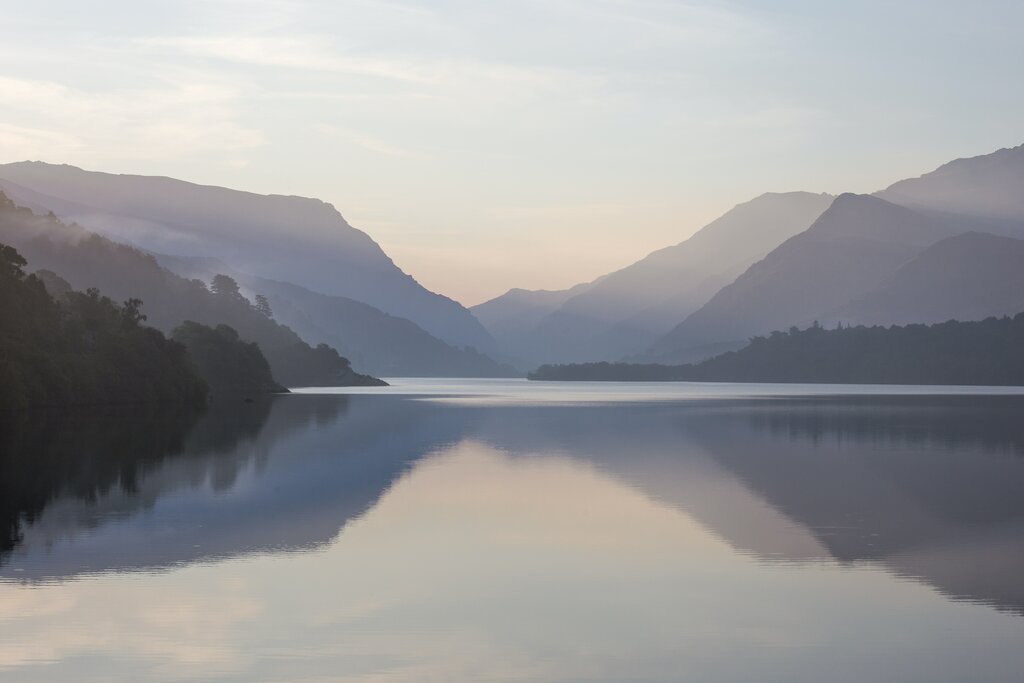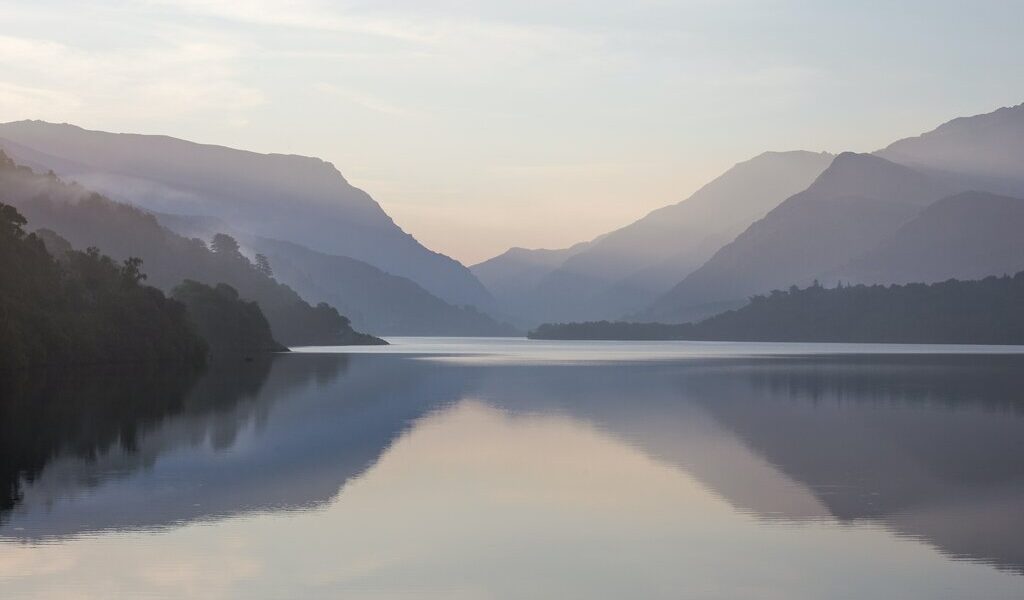
January is a good time to visit the United Kingdom if you enjoy indoor cultural and historic attractions. The cold weather and short days mean this is the low season for travel to the UK, but many city-based attractions are still open to enjoy. Read on to find out more about traveling to the UK in January.
Weather in the United Kingdom During January
As the shortest day and longest night of the year conclude in late December, the days remain notably dark throughout the entire United Kingdom in January. The capital city of London experiences as little as eight hours of daylight, while the Scottish capital, Edinburgh, sees approximately 7.5 hours of daylight in the middle of the month. Combining this limited daylight with cold temperatures and frequent rainfall, it is easy to understand why many residents across the UK express dissatisfaction with the weather conditions during the month of January. The grey skies and damp air can sometimes feel relentless.
Despite its relatively high northern latitude, the United Kingdom does not experience winters as severely cold as one might expect. This is primarily due to the influence of the Atlantic Gulf Stream, a warm ocean current that moderates temperatures. Average winter temperatures generally fluctuate between 32°F and 44°F (0°C and 7°C). There is, however, some variation in these temperatures, typically one to two degrees, from the northern regions to the southern regions. The hours of daylight also vary subtly. For instance, London experiences average temperatures ranging from 39°F to 48°F (4°C to 9°C), while Belfast, in Northern Ireland, averages between 39°F and 45°F (4°C to 7°C). Edinburgh tends to be slightly cooler, with average temperatures between 34°F and 43°F (1°C and 6°C). Snowfall is relatively uncommon, except in the mountainous areas and further north in Scotland, most notably in the Cairngorms. However, occasional snowfall is possible in southern and central areas during January, adding a touch of winter magic to the landscape.
Crowds and Costs: Traveling in the UK in January
January is generally considered the low season for tourism throughout the United Kingdom. While major cities such as London and Edinburgh attract visitors year-round, you are unlikely to encounter significant crowds in most places during January. This makes it an excellent time to explore the country without the hustle and bustle of peak tourist season. Accommodation in popular destinations is typically more readily available compared to the busy summer months. However, it is worth noting that accommodation options and opening hours of businesses may be more limited in some of the smaller towns and villages. Some of the lesser-known tourist attractions might only be open on weekends during the winter season, so it is advisable to check opening hours in advance, particularly if you have specific interests you wish to pursue.
Recommended Destinations: Where to Go in January
If you are planning a trip to the UK in January, it is generally advisable to focus your itinerary on the main towns and cities. Major galleries, museums, and other indoor attractions remain open regardless of the shorter daylight hours. You should not be surprised, however, if you find yourself leaving a museum in the mid-afternoon to discover that it is already becoming dark outside. London is a superb destination for a winter getaway. The city boasts a vast array of attractions to explore during the day, including the National Gallery, the Tate and Tate Modern, the British Museum, the Tower of London, and countless other landmarks. In the evenings, you can retreat to the warmth and comfort of the city’s cozy restaurants and traditional pubs.
Beyond London, other cities offer equally compelling experiences. Scotland’s Edinburgh, Wales’ Cardiff, and Northern Ireland’s Belfast are all excellent choices for January travel. Smaller cities like Bath, York, and Stratford-upon-Avon in England also provide unique and memorable experiences. In Edinburgh, a visit to Edinburgh Castle is a must, while in Glasgow, the Kelvingrove Art Gallery and Museum is highly recommended. In Swansea, you can delve into Wales’ maritime history at the National Waterfront Museum. Edinburgh and other Scottish cities are particularly appealing around New Year, with the Scottish Hogmanay celebrations, and Burns’ Night on January 25th, commemorating the life and legacy of the poet Robert Burns. These events offer a unique glimpse into Scottish culture and tradition.
Activities and Experiences: What to Do in January
For those who are not deterred by the prospect of cold weather and snow, the Highlands of Scotland offer a truly magical experience in January. This is a particularly good time for stargazing, with the possibility of witnessing the breathtaking Aurora borealis (Northern Lights). January nights in the Highlands are often clear and long, creating ideal conditions for both stargazing and aurora chasing. After a night spent under the stars, you can thaw out with a warming glass of Scotch whisky. If you are looking for a similar experience in Wales, consider visiting the Dark Sky Reserves of Snowdonia and the Brecon Beacons National Park, where you can enjoy stunning views of the clear night sky.
When the weather turns unfavorable, there are plenty of historical and cultural attractions to explore indoors. Alternatively, you can embark on a scenic drive, allowing you to admire the picturesque landscapes, ancient buildings, and perhaps even some wildlife. In Scotland’s Highlands, you may have the opportunity to spot larger animals, such as red deer, which are often easier to see during this time of year due to the reduced foliage. The coast of Wales offers dramatic views of the Atlantic waves. Stop in Pembrokeshire and Gower on a clearer day to enjoy a refreshing winter walk along the deserted beaches. And if you find yourself in Northern Ireland, take a drive to visit some of the “Game of Thrones” filming locations, such as the Dark Hedges near Glenarm Castle. These locations offer a fascinating glimpse into the world of television and film.
January Events: Festivals and Celebrations
New Year’s Day is celebrated throughout the UK on January 1st, with various events and traditions taking place across the country. The New Year’s Day Parade in London is a popular spectacle. Scotland celebrates Hogmanay on December 31st and January 1st, a unique Scottish tradition of bidding farewell to the old year and welcoming the new. For those brave enough to take a dip in the icy sea, New Year’s Day swims are held on Barry Island near Cardiff and in Saundersfoot in Pembrokeshire, with participants often donning bathing suits or fancy dress.
Up Helly Aa is a unique fire festival held on the Shetlands in Scotland. This festival, taking place on the last Tuesday in January, is one of Scotland’s many fire-related celebrations. The festival is deeply rooted in Viking traditions, with many locals dressing up as Vikings. The 24-hour event culminates in the burning of a Viking-style ship, a truly spectacular sight.
The Manchester Beer and Cider Festival takes place in Manchester, England. This event showcases a wide range of beers and ciders from Manchester and beyond, offering a treat for beer and cider enthusiasts.
Hen Galan is a traditional Welsh New Year celebration held in Pembrokeshire, Wales. In the Cwm Gwaun valley, time seems to stand still as the community celebrates New Year on January 13th, following the old Julian calendar. Children go from door to door singing for calennig (gifts), receiving sweets or money in return, a charming tradition that has been passed down through generations.
B-2699

